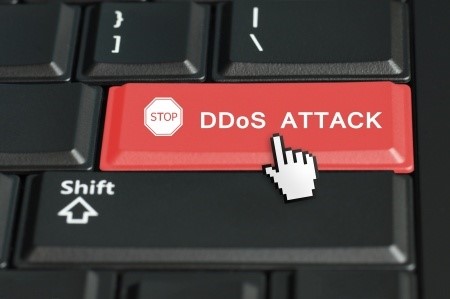Network Management Information: Five Things You Should Know About DoS Attacks

Denial-of-Service (DoS) attacks have made the news in recent weeks, particularly the major attacks against Sony PlayStation and Microsoft’s Xbox Live.
What are five things you should know about DoS attacks?
- The main purpose of a DoS attack is to bring down your network and prevent users from accessing various services; DoS attacks frequently target web hosting companies in order to bring a website down, causing customer dissatisfaction, a loss of sales, and a loss of web traffic. Cyber-criminals can do this by sending a staggering volume of traffic at your network within a short amount of time, more than the servers and network can accommodate.
- A DoS attack can get launched by just one person. However, the types of attacks that hit PlayStation and Xbox Live, and that threaten other businesses, are DDoS (Distributed Denial-of-Service) attacks. DDoS attacks involve more than one person or system launching the attack. The attack can come from thousands of different computers.
- How can an attack get coordinated from thousands of computers? Hackers can control computers that aren’t their own via malware. The malware can turn the computers into “bots” that mindlessly perform a number of malicious functions including helping to launch DoS (or DDoS) attacks, even without the legitimate computer user knowing about it; a network of these bots is termed a ‘botnet.’ Even if you don’t become a target of a DDoS attack, you have to watch out that your company’s network doesn’t become a botnet through malware.
- DDoS attacks are relatively easy to launch, and even people that aren’t tech-savvy can easily hire others to do it for them. (In an interesting twist reported in the news, one of these “DDoS-for-demand” sites got hacked recently, revealing information about people who have requested attacks and some of their possible motives.)
- What are some ways you can protect against a DDoS attack and its effects? It’s important to have a way of quickly figuring out the attack method, since DDoS attacks can specifically target different components of your network and the computing resources you have at your disposal. Solutions include using firewalls (which can help for simple attacks), changing the settings on your routers so that they’re less apt to get overwhelmed by traffic, and implementing changes to your system such that data coming into your network gets monitored, with the dangerous data getting dealt with in various ways.
High-quality network management will include solutions for DDoS attacks (and will also monitor for malware that might transform your computers into bots). Although the high-profile attacks are the ones that make the news, keep in mind that any business, no matter how small, is vulnerable to them.
These attacks can cost you precious time, interrupt your business operations, and lead to a serious loss of money. Hackers are always looking for new ways to circumvent defenses against DDoS attacks, so you need to always remain alert to new developments and new possible ways to protect yourself and recover as quickly as possible from an attack.
